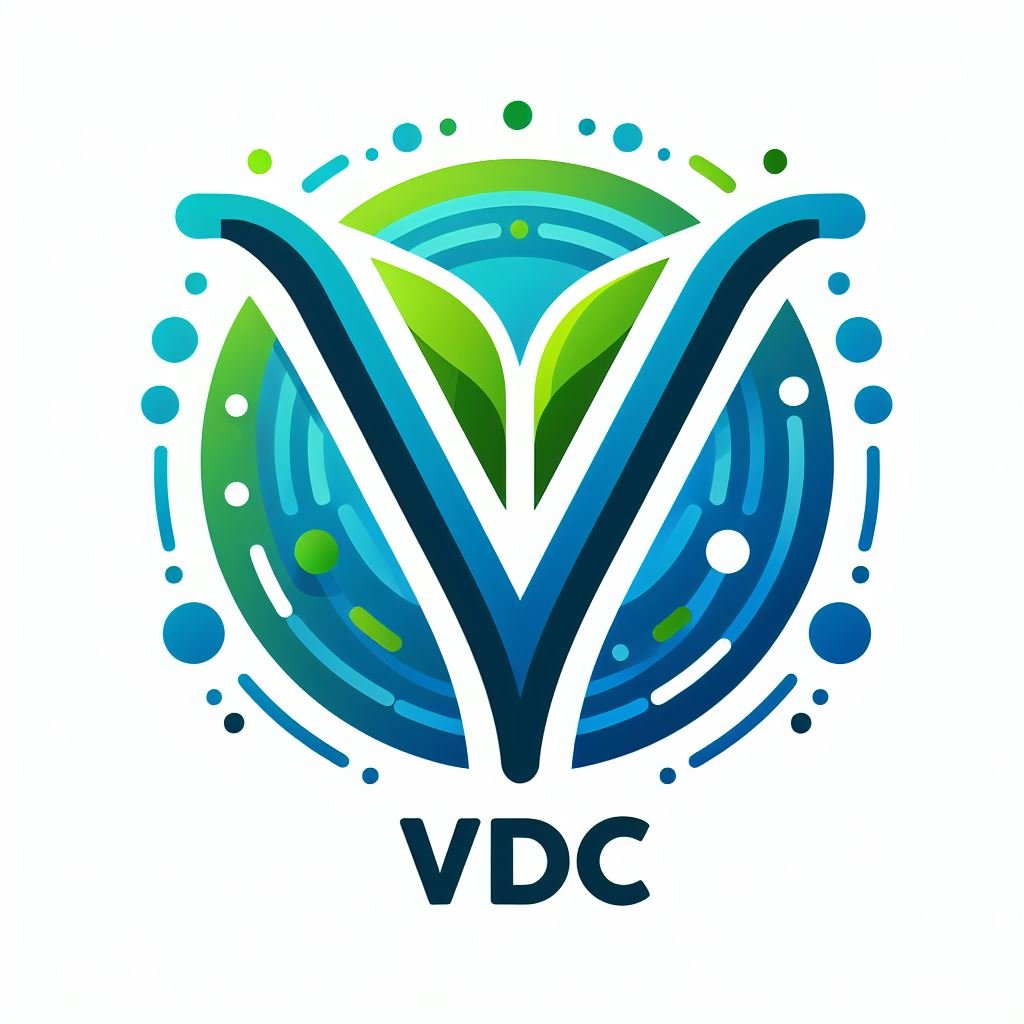What is Direct Dyes Colors ?
Direct Dyes Colors are also called substantial dyes. These are water soluble dyes, hence the solubility of the color is very good and fast on cotton and viscose fabric or yarn. As the name suggests, these dyes are applied directly on textile fabric like rayon, cotton, viscose. By which method we have applied these dyes and by that method we have classified these dyes. Direct dyes are water soluble dyes which have an affinity for fibres. Both Congo Red and Martius Yellow are direct dyes.

Direct dyes have been classified into 3 classes :
1. Class A (Self Leveling) :
These are direct dyes which are explaining the colors because they have self leveling property, it means that the smaller sized dyes which have bigger molecules and their diffusion is better are placed in Self leveling dyes class A.The temperature in these dyes has to be maintained up to 60*c.
2. Class B (Self Controllable) :
The migration properties of dyes are less, diffusing property is also less, the amount of number of sulfonated groups is more. Because this salt seems to be soluble and it appears to be formed everywhere, there is a problem of staying there or not. Which we can control with salt. The temperature in these dyes has to be maintained up to 80*c. In this way the dyes are kept in salt controllable categories i.e. Class B.
3. Class C (Temperature Controllable) :
Just like we have temperature and salt, both have to be maintained. These dyes are also salt sensitive dyes, in which salt is added little by little, full salt cannot be added at one go. The temperature in these dyes has to be maintained up to 100*c. This type of dies are placed in Class C categories.
What are the uses of direct dye ?
Easy to apply Direct dyes are easy to apply and require simple processing. Cost-effective: Direct dyes are relatively cheap compared to other types of dyes. Usage: Direct dyes are commonly used to dye cellulosic fibers such as cotton, rayon, and silk.

What chemicals are used in direct dye?
A fair amount of neutral salts, such as sodium sulfate or sodium chloride, are used to assist the dyeing process. Their function varies depending on the dye class. For example, in direct dyeing, neutral salts increase the aggregation of the dyes inside the fiber pores and render the dye less hydrophilic
Is direct dye natural or synthetic ?
Synthetic direct dyes, or substantive dyes, were first derived from Aniline in 1884. In general, they give bright full colors when applied directly onto fiber in a neutral or slightly alkaline aqueous bath containing Sodium chloride or other salts.
Direct dyes are a type of synthetic dyes that are water-soluble and can be directly applied to the fabric without needing a mordant. They are commonly used for dyeing cotton, rayon, and other cellulose fibers. Direct dyes come in a wide range of colors, and there are typically more than 200 different shades available. Some of the common colors include.
- Black E
- Brown BR
- Congo Red
- Orange BR
- Yellow 5gll
- Green B
- Sky Blue
- Violet/Jamuni
- Swiss Pink
- Turquoise Blue These are colors can vary in intensity and tone based on the specific formulation and application method. Additionally, direct dyes can be mixed to create custom colors or shades, offering even more possibilities for color customization.
Conclusion :
In conclusion, direct dyes offer a versatile and extensive palette of colors, with typically more than 200 shades available. These dyes, which are water-soluble and can be applied directly to fabrics without the need for a mordant, are commonly used for dyeing cellulose fibers such as cotton and rayon. From classic shades like black, red, and blue to vibrant hues like magenta, turquoise, and coral, direct dyes provide a wide range of options for textile dyeing. Additionally, their ability to be mixed allows for further customization, providing endless possibilities for creating unique and appealing color combinations.

